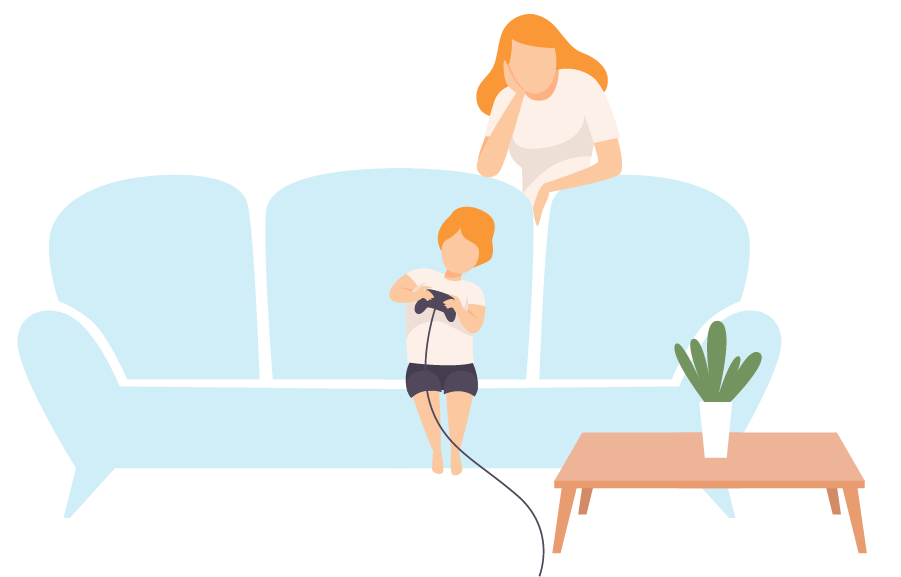Day 8: Online Gaming
Safe & Sound is a free 21-day program to help parents, grandparents and caregivers protect children from abuse. Developed by Oregon Child Advocacy Centers, this Safe & Sound program for Central Oregon is brought to you by KIDS Center with support from Protect Our Children.
Welcome to Day 8!
Today, we’re talking about online gaming. Today, most video games are online, which has opened up a world (similar to social media) where kids can meet and socialize. Kids can compete against friends or be part of a team, and talk to people (who aren’t in the same room) about tactics and strategies.
Over 70% of children ages 2-17 play some form of online game. However, the largest age demographic of players on these platforms are between 18-34 years old. Part of the allure of online gaming is the opportunity to game with people across the world. But this also poses a safety risk. How can your child stay safe while still enjoying their game time?
Playing it safe while gaming
Here are several ways you can help your child stay safe while gaming online:
Use a safe username. Teach your child to never use personal or private information in the creationg of their username.
Use strong passwords. A strong password consists of 5 components:
Upper case letters
Lower case letters
Numbers
Symbols
12 or more characters in length
Avoid playing with people you don’t know in real life. Knowing that the largest demographic playing games online are young adults, reinforce the idea that your child should only play with people they know in real life. It is difficult to verify a person’s idenity over the internet.
Know RED FLAG questions. When players who are strangers begin to ask questions, make sure your child knows how to respond. Teach your child about the “red flag” questions that can put them at risk. Move on to today’s activity to learn more.
Today’s Activity:
Sit with your child and go over these “red flag” questions. (Make sure they understand what the term “red flag” means first!) These are questions that try to elicit personal and private information.
What is your name?
How old are you?
Do you have any siblings?
What school do you go to?
What time is it where you are?
Ask your child to come up with other questions that could be red flag questions. Talk about—and then rehearse—how they could respond when someone asks these types of questions. Their response can range from blocking the player to saying, “I don’t feel comfortable answering that question.” Make sure to also let your child know they should come tell you whenever someone is asking red flag questions.
Once this is done, sit down for a bit and have your child show you how to play their favorite online game!
That’s it for Day 8! See you tomorrow!
More ways to participate in Safe & Sound:
Visit the 2024 Safe & Sound page and catch up on daily activities.




